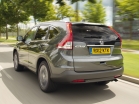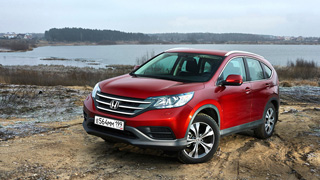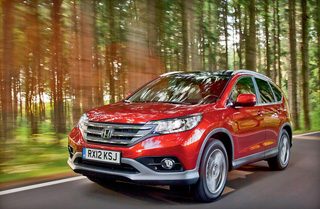Honda CR-V test drive since 2011 crossover
Comparison Honda CR-V and Toyota Rav4. Strong guys
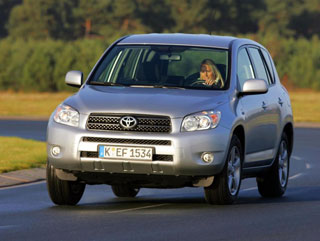 Honda CR-V and Toyota Rav4 relate to the most successful models still relatively new segment of compact SUVs. Is Toyota so good to compete with Honda, which is younger than RAV4 for a year? Under the hoods of both cars, modern 2.2-liter diesel engines are installed.
Honda CR-V and Toyota Rav4 relate to the most successful models still relatively new segment of compact SUVs. Is Toyota so good to compete with Honda, which is younger than RAV4 for a year? Under the hoods of both cars, modern 2.2-liter diesel engines are installed. Can 2.5 million be mistaken? That is how many buyers have acquired cars of the first two generations of Honda CR-V. They received a small SUV with a transforming salon, as well as the expanse for children and baggage. All these talents, of course, had to inherit the model of the new, third generation, which appeared on sale in January 2007. The neat discreet design of the ancestor was yesterday. The new CR-V designers of Honda endowed with a furious expression on the face, which, due to the bumper advanced forward, resembles the muzzle of the bulldog. In addition, the new model has a composite roof line that looks gorgeous ... but it is better not to look at the beveled stern. Toyota Rav4 cannot offer such extravagance. Its rounded front gives him a friendly appearance, and on his craving for adventures characteristic of SUVs, the spare wheel fixed on the rear door indicates. The car participating in the test is equipped with one of two options for diesel engines offered by the manufacturer: the D-4D model has a 2.2-liter 136-horsepower engine. For Honda there is only one option of a 2.2 I-CTDI diesel engine with a capacity of 140 hp.
Body and equipment
One of the many reasons for which you should give your preference to a compact SUV than a sedan of the same class is the spaciousness of these cars. And here the new Honda can offer something: it not only significantly grew up (21 centimeters longer than the Toyota body), but also has a much larger space for passengers. First of all, CR-V has become more convenient for the rear seat passengers. Such parameters as legs space and freedom of movement are realized almost in this car better than in close Toyota. But the RAV4 has a large luggage compartment in volume, although it is not so convenient to load things into it from behind the door that is attached on the right side. A large rear CR-V door is much more practical. But as a result of equipping the tested car with all kinds of equipment, the useful load of the machine was reduced to 350 kilograms. Despite this, CR-V wins in the standings of the body. Partly due to the level of security. For example, no other car of this class at the time of CR-V exit into the series, there was a brake system for preventing the CMBS collision. This system through the radar recognizes the threat of a collision and takes appropriate measures, up to inhibition. The cost of a package of equipment to ensure safety, including the CMBS system, speed control using radar and headlights with rotary light, is 2,950 euros quite reasonable price.
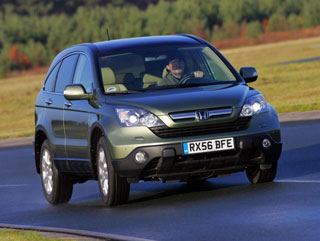 Comfort on the road
Comfort on the road Depreciation of both cars is implemented at a strikingly high level. Both Honda and Toyota confidently and smoothly pass even through significant irregularities of the coating, and RAV4 adequately reacts to minor sudden defects in the roadway. When moving CR-V, it rustles louder, rumbling with the chassis, and shows a small tendency to swing. All this explains his lag. But with a loaded state, the picture changes. Here the winner is Honda. Strong tremors of the Toyota rear axle indicate the limits of the capacity of the car at full load. Honda, however, are installed in a positive impression, which, however, are installed only in expensive Elegance and Executive trim levels. Nevertheless, according to comfort, CR-V loses one score to his opponent.
Engine and transmission
As for the engines of both candidates, there is an almost equal ratio of forces. More precisely, CR-V has 4 horses and 30 nm torque. But, in our subjective opinion, this car could be presented with another 20 forces. When you press the gas pedal, the diesel Honda comes to life, easily gains momentum, and the driver no longer wants to accelerate. The D-4D RAV4 motor, on the contrary, is phlegmatic, and is also limited by its very long gears. Against the background of such various characteristics in the movement, these cars are surprising when observing them in motion: they behave almost equally, only CR-V is a little more powerful. But the RAV4 engine works more economically, quieter and more skillfully. As a result, CR-V wins in this part of the test.
Dynamics
RAV4 talents are revealed during exercises to assess the dynamics. Possessing accurate management and a very flexible character, it leaves no chance for Honda. Toyota is more rotten, and even random mistakes in management will not violate its balance. Honda is more prone to add -ons until ESP turns on, besides, it disappoints its thrust, which does not allow the car to be considered a full -fledged SUV. So, here the indisputable winner is RAV4.
Prices
In this section, Honda wins with a slight margin, despite its less attractive basic value and higher fuel consumption. The lag4 D-4D was affected, first of all, the lack of a dust filter, which is equipped with only a more powerful 177-horsepower D-Cat engine. And Honda CR-V 2.2 I-CTDI, on the contrary, is available only with a filter.
Conclusion
The new Honda CR-V 2.2 I-CTDI loses a comparative test for its opponent Toyota RAV4 D-4D with a gap of 22 points. Is it a Falstart for the new model of the most successful MARDARA HONDA? In no case. After all, basically CR-V loses points in the dough for dynamics. Here, completely confident and agile Toyota is difficult to get around. In favor of Honda they speak its spaciousness, a living engine that quickly gaining momentum, and a full package of safety equipment. For additional sets of Safety and Sun & Light options, 5,000 euros will have to pay. And the fact that the car is only conditional to the class of SUVs will not become an obstacle to buyers. After all, be that as it may, they go to the market more often on CR-V than in some Sudanese city of Timbuktu.
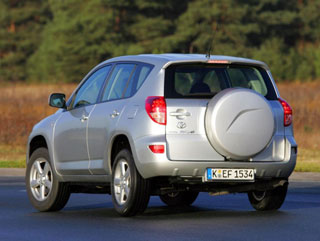
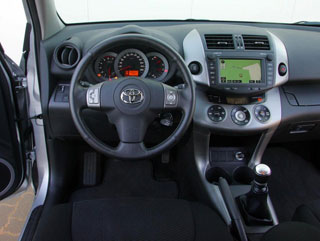
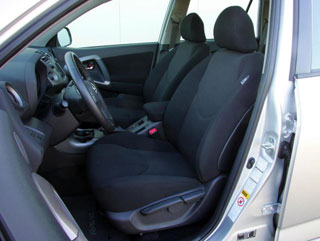
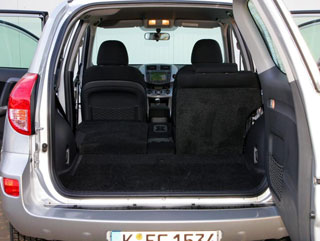
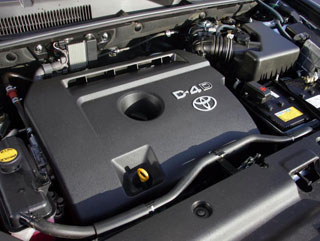
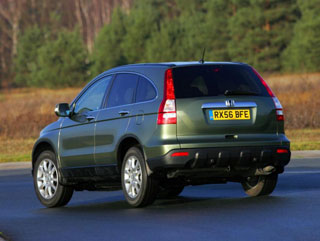
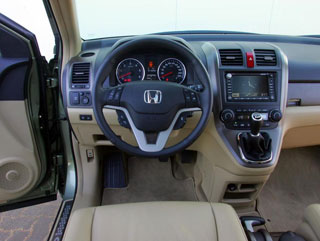
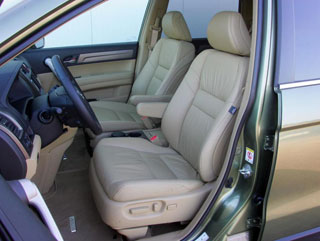
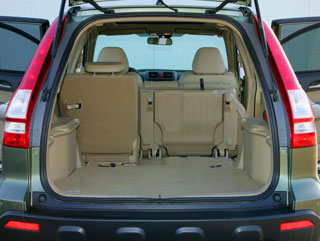
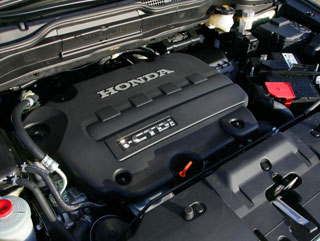
Source: Autozeitung.de



